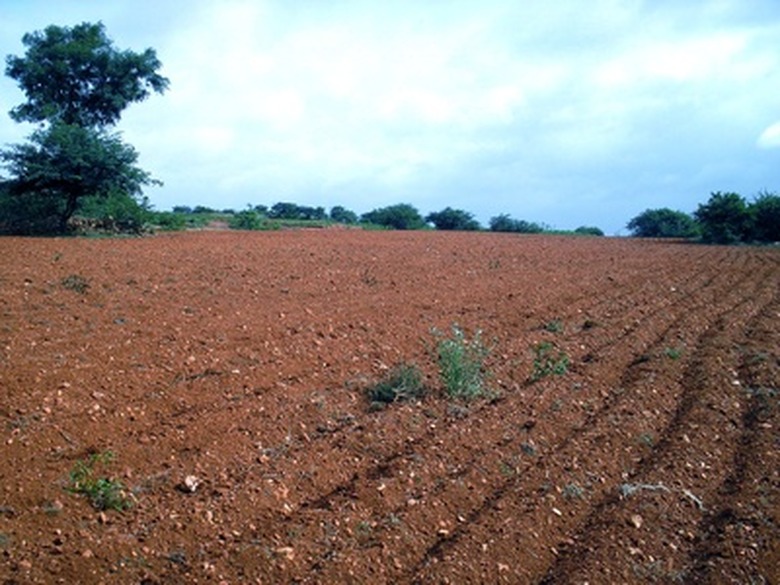What Types Of Soil Are In Wisconsin?
Wisconsin has a nearly full range of soil types. A digital map of the types of soils in Wisconsin is now available from the University of Wisconsin. The gathering of data for this began in 1900. The data collection was finished in 2006. The data shows that depending on your local area, you could have one of a virtually unlimited number of soil types, depending on the mix of clay, silt and sand.
Clay
Clay is a hard soil component that retains water, but doesn't drain well. Too much clay in your soil can result in root rot and other problems due to water retention. Soils with mostly clay also tend to be harder than the other types and can make it more difficult for plants with delicate root structures to properly grow. If you live in a part of Wisconsin with a heavy clay soil, you might consider augmenting it with sand and compost to improve its planting characteristics.
- Wisconsin has a nearly full range of soil types.
- The data shows that depending on your local area, you could have one of a virtually unlimited number of soil types, depending on the mix of clay, silt and sand.
Sand
Some soils in Wisconsin contain a very high percentage of sand. Sand drains very well, but doesn't hold much water and has very few organic nutrients. Sandy soils are very soft, and can support grasses and other plants that don't require a lot of water. However, if you need soils that retain more water, consider adding compost or clay granules to offset overly sandy soils.
Silt
Silt contains a good deal of organic matter and often is deposited as a result of flooding. Soils that are high in silt often don't drain as well and can benefit from sand to improve drainage. Soils that are high in silt and sand with just a little clay are among the best for fruit, vegetable and flower cultivation. The natural nutrients in the silt are ideal for many crops, while some natural clay can help with water retention and sand with drainage.
- Some soils in Wisconsin contain a very high percentage of sand.
- The natural nutrients in the silt are ideal for many crops, while some natural clay can help with water retention and sand with drainage.
